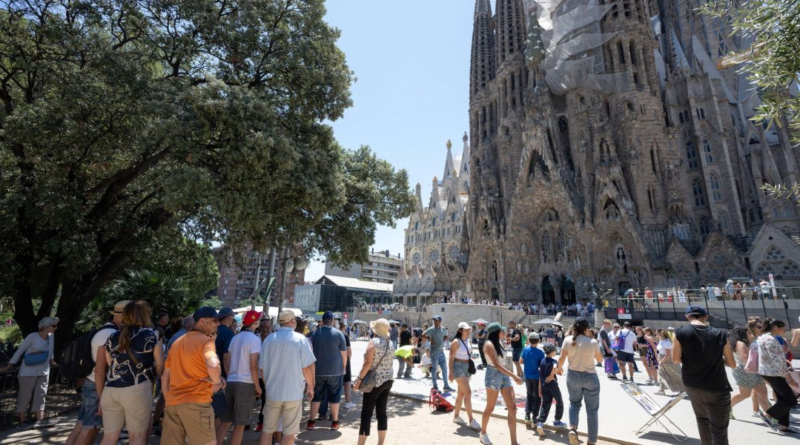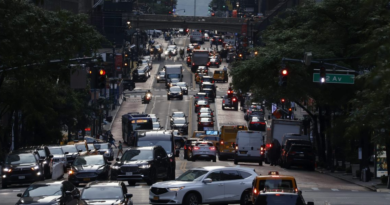European cities are trying to shun young ‘drunk’ tourists in favor of big spenders, but there are concerns the move could be classist
Across Europe, cities are facing a reckoning with the tourists they have welcomed with open arms for decades.
An onslaught of visitors this summer has led to a historic backlash against lucrative travelers. Overcrowding in cities like Barcelona, Athens, and Amsterdam is forcing locals to protest and officials to adopt less friendly policies to deter their arrival. Meanwhile, cruise companies are contemplating shifting their itineraries in a bid to protect passengers from discomfort.
However, there are growing concerns that a populist push to address tourism numbers could backfire on cities buckling under poor preparation and angry locals.
Cheap travellers
Underneath the rising anti-tourism sentiment has been a simmering movement directed at stopping the inflow of poorer travelers who are less likely to spend a lot and more likely to use services needed by locals, namely bus routes or cheap restaurants.
Increased access to affordable travel has been identified as the key culprit of over-tourism on the continent.
“The rise of low-cost airlines has allowed the development of cheap city breaks and short trips. In parallel, in most cases, overtourism has yet to be properly addressed by destination authorities,” Boston Consulting Group’s managing director and partner Yassin El Khourouj told Fortune.
The proliferation of low-cost travel means those from lower socio-economic backgrounds can access trips to cities their parents could only dream of growing up when overseas travel was the confines of the wealthy.
However, the inflow of record numbers of tourists is beginning to irritate policymakers, who are now contending with angry locals.
Harris Doukas, the mayor of Athens, lamented how each tourist brought an average of only €0.40 to the local economy.
“We need to find a way to make tourism viable,” Doukas told Euronews earlier in July.
Officials have taken exception to how budget travelers spend their time in the city. In Barcelona, where locals have taken to spraying tourists with water pistols, tourism groups are targeting the low-spenders.
“We don’t want the tourists who come to do what they can’t do in their own countries,” Mateu Hernández, director-general of Turisme de Barcelona, told the Financial Times.
“We don’t want the tourists who come to get drunk. We don’t want the tourists who come here to eat cheaply.”
Instead, Hernández advocated for a “virtuous cycle” of attracting elite visitors who would spend considerable amounts in the city.
Hernández’s words echo the sentiment of Amsterdam’s “Stay away” campaign, initially directed at British men aged 18 to 35 but broadened to include “nuisance visitors.”
This has extended to a clampdown on sex tourism through Amsterdam’s famous red light district, with plans to move the plot to a quieter area and ban the smoking of marijuana in the district in the meantime.
Is tourism backlash classist?
The aim of European cities appears to be to maximize the amount spent per visitor to lessen the overall impact of reducing tourism numbers.
Speaking to the FT, Barcelona restaurateur Iñaki López de Viñaspre warned that gatekeeping its city from cheaper travelers could backfire in the long run.
Pointing to a group of young women, López de Viñaspre warned they risk stopping them from coming back in a couple of decades when they have built their wealth.
“So, what? You’re going to forbid these girls from coming?
“They’re part of society.”
Tourism has its own impact on inequality in the cities facing the onslaught of travelers.
A study by the Universitat Rovira i Virgili in Spain found that tourism across European cities increased social exclusion through lower access to housing and a labor market concentration in the precarious, low-paying hospitality sector.
However, if trickle-down economics has taught us anything, it’s that a focus on the wealthy is unlikely to ease the plight of those locals.


 This year in odd news: The weirdest headlines from the Houston area in 2022 – KPRC Click2Houston
This year in odd news: The weirdest headlines from the Houston area in 2022 – KPRC Click2Houston
